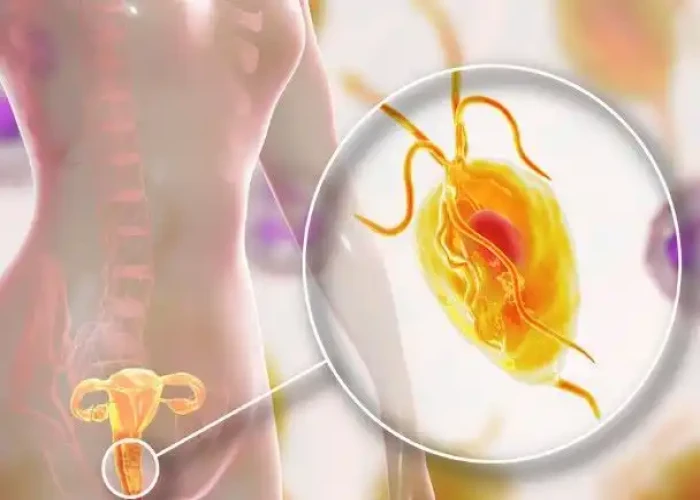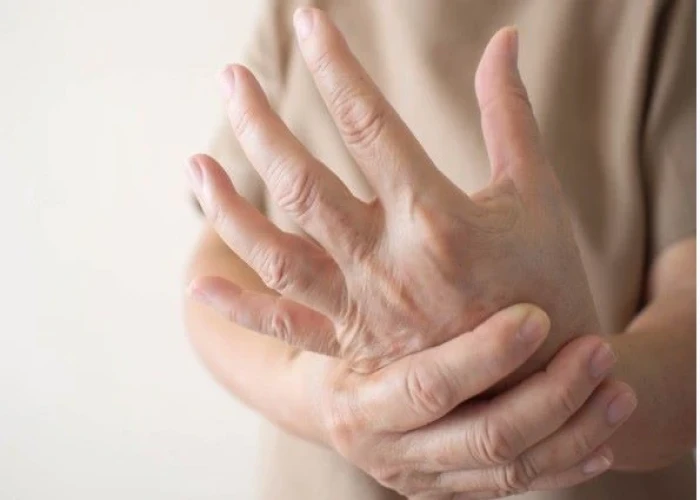 Welcome
Welcome
“May all be happy, may all be healed, may all be at peace and may no one ever suffer."
Peripheral nerve injuries

Peripheral nerve injuries refer to damage or trauma to the nerves located outside of the brain and spinal cord, which are called peripheral nerves. These nerves play an important role in transmitting signals between the body and the central nervous system, allowing us to feel sensations and move our muscles.
Peripheral nerve injuries can occur from a variety of causes, including:
- Trauma or injury, such as from a fall or car accident
- Repetitive stress or overuse, such as carpal tunnel syndrome
- Infections or autoimmune disorders, such as Guillain-Barre syndrome
- Tumors or growths that press on nerves
- Certain medications or toxins
- Diabetes or other metabolic disorders
Symptoms of peripheral nerve injuries can vary depending on the location and severity of the injury, but may include:
- Pain, numbness, or tingling in the affected area
- Muscle weakness or paralysis
- Loss of coordination or balance
- Changes in sensation, such as decreased sensitivity to temperature or touch
- Difficulty speaking or swallowing, if the injury affects the cranial nerves
Diagnosis of peripheral nerve injuries may involve a physical exam, nerve conduction tests, electromyography (EMG), and imaging tests such as MRI or CT scans. Treatment may involve medications to manage symptoms, physical therapy to improve strength and flexibility, and surgery to repair or remove damaged nerves.
The prognosis for peripheral nerve injuries depends on the extent and severity of the damage. Mild injuries may heal on their own with time and appropriate treatment, while more severe injuries may require long-term rehabilitation or may result in permanent disability. Early diagnosis and treatment can help improve the outcome for people with peripheral nerve injuries.
Research Papers
Disease Signs and Symptoms
- Muscle weakness
- Excessive sweat
Disease Causes
Peripheral nerve injuries
Peripheral nerves can be damaged in several ways:
- Injury from an accident, a fall or sports can stretch, compress, crush or cut nerves.
- Medical conditions, such as diabetes, Guillain-Barre syndrome and carpal tunnel syndrome.
- Autoimmune diseases including lupus, rheumatoid arthritis and Sjogren's syndrome.
Other causes include narrowing of the arteries, hormonal imbalances and tumors.
Disease Prevents
Disease Treatments
If a nerve is injured but not cut, your injury is more likely to heal. Injuries in which the nerve has been completely severed are very difficult to treat and recovery may not be possible.
Your doctor will determine your treatment based on the extent and cause of your injury and how well the nerve is healing.
- If your nerve is healing properly, you may not need surgery. You may need to rest the affected area until it's healed. Nerves recover slowly and maximal recovery may take many months or several years.
- You'll need regular checkups to make sure your recovery stays on track.
- If your injury is caused by a medical condition, your doctor will treat the underlying condition.
- Depending on the type and severity of your nerve injury, you may need medications such as aspirin or ibuprofen (Advil, Motrin IB, others) to relieve your pain. Medications used to treat depression, seizures or insomnia may be used to relieve nerve pain. In some cases, you may need corticosteroid injections for pain relief.
- Your doctor may recommend physical therapy to prevent stiffness and restore function.
Surgery
If your injury does not seem to be healing properly, your surgeon can use EMG testing in the operating room to assess whether scarred nerves are recovering. Doing an EMG test directly on the nerve is more accurate and reliable than doing the test over the skin.
Sometimes a nerve sits inside a tight space (similar to a tunnel) or is squeezed by scarring. In these cases, your surgeon may enlarge the tight space or free the nerve from the scar.
Sometimes a section of a nerve is cut completely or damaged beyond repair. Your surgeon can remove the damaged section and reconnect healthy nerve ends (nerve repair) or implant a piece of nerve from another part of your body (nerve graft). These procedures can help your nerves to regrow.
If you have a particularly severe nerve injury, your doctor may suggest surgery to restore function to critical muscles by transferring tendons from one muscle to another.
Restoring function
A number of treatments can help restore function to the affected muscles.
- Braces or splints. These devices keep the affected limb, fingers, hand or foot in the proper position to improve muscle function.
- Electrical stimulator. Stimulators can activate muscle served by an injured nerve while the nerve regrows. However, this treatment may not be effective for everyone. Your doctor will discuss electrical stimulation with you if it's an option.
- Physical therapy. Therapy involves specific movements or exercises to keep your affected muscles and joints active. Physical therapy can prevent stiffness and help restore function and feeling.
- Exercise. Exercise can help improve your muscle strength, maintain your range of motion and reduce muscle cramps.
Disease Diagnoses
Disease Allopathic Generics
Disease Ayurvedic Generics
Disease Homeopathic Generics
Disease yoga
Peripheral nerve injuries and Learn More about Diseases

Trichomoniasis

Ebstein anomaly

Dissociative disorders

Allergies

Ear infection (middle ear)

Esophageal spasms

Retinal diseases

Mixed connective tissue disease
Peripheral nerve injuries, পেরিফেরাল নার্ভ ইনজুরি, পেরিফেরাল নার্ভের আঘাত
To be happy, beautiful, healthy, wealthy, hale and long-lived stay with DM3S.
